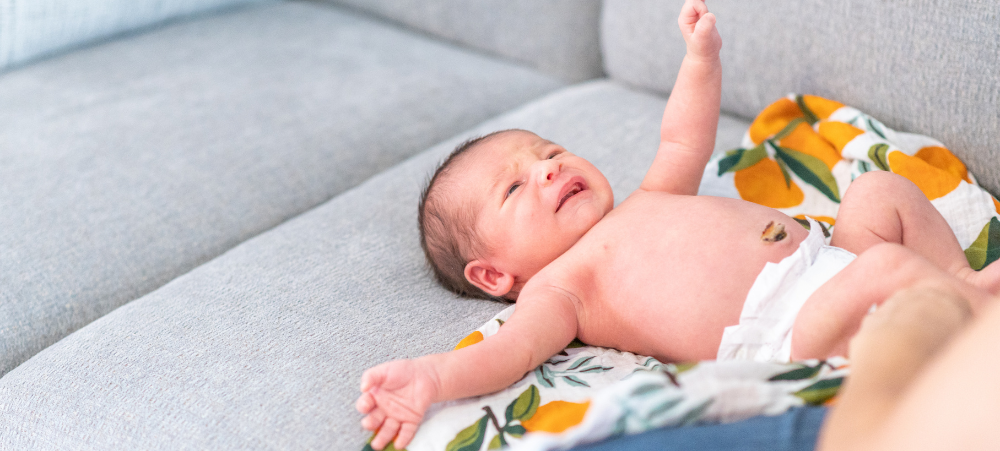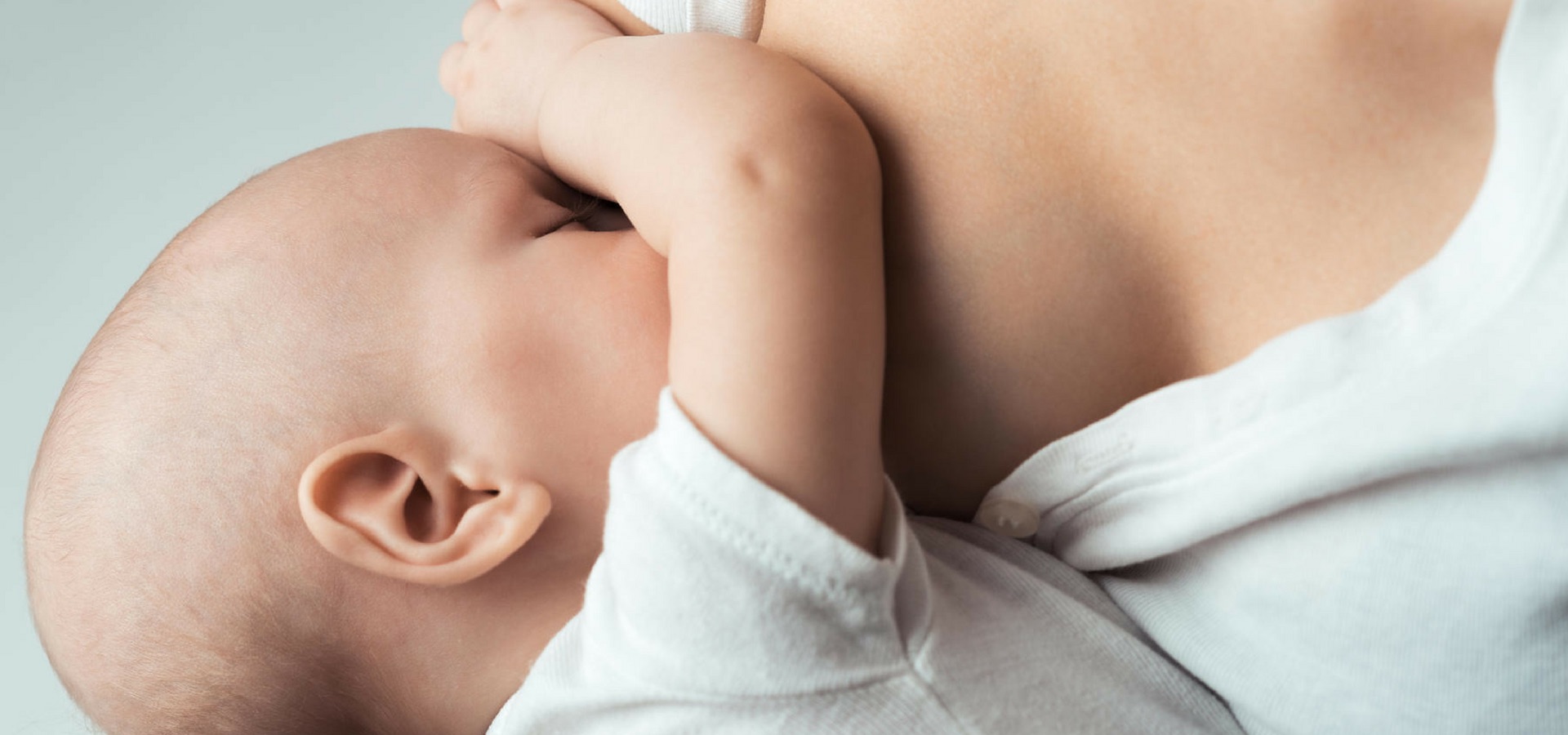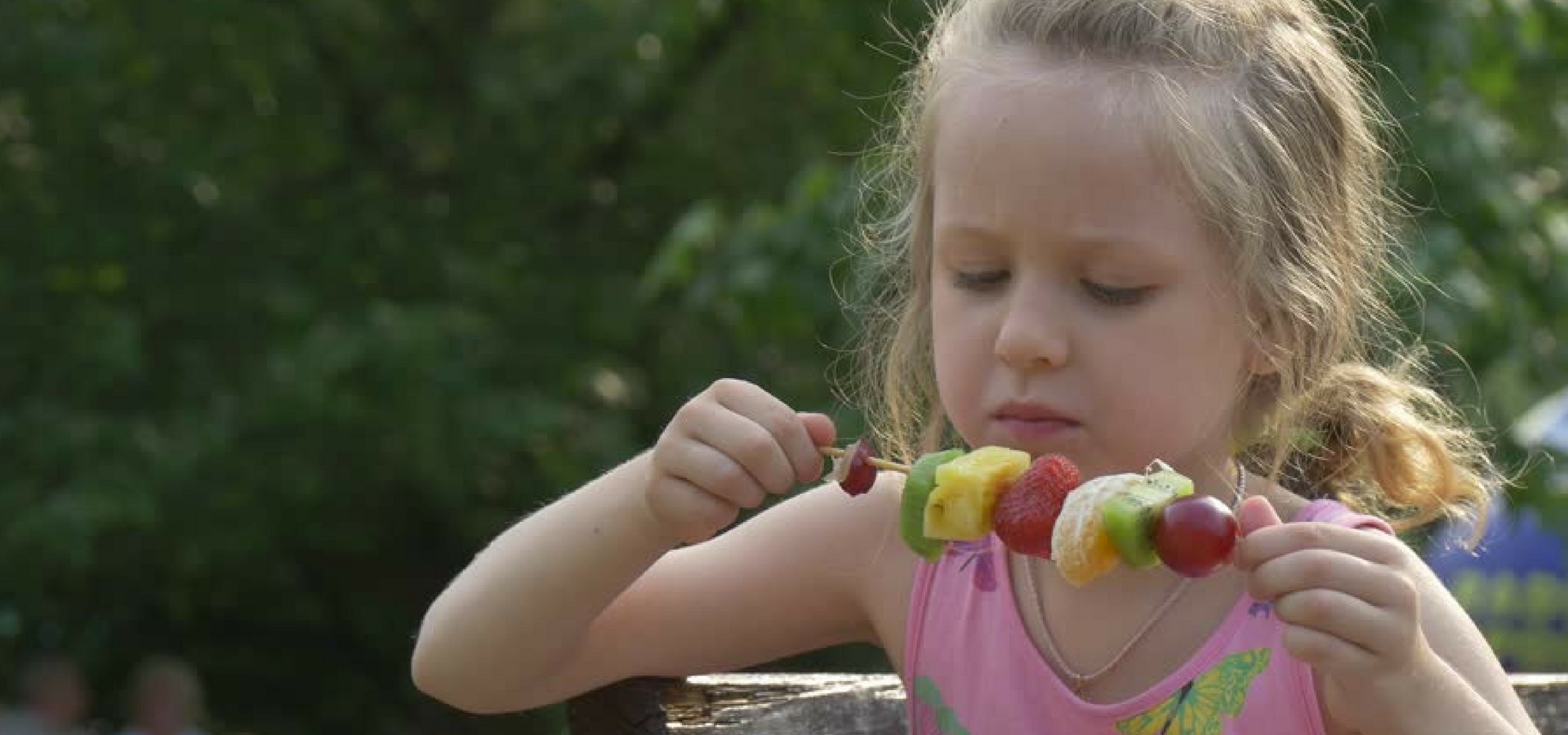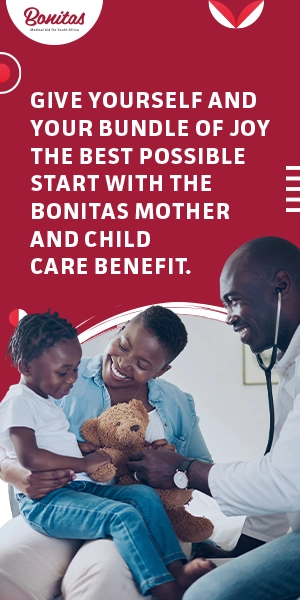When it comes to mothering styles, I’m more like Bridget Jones than Gisele Bundchen. I don’t work on a balanced meal plan for the week, and I don’t make achingly beautiful organic moss and bark collages with my kiddo. Rather, I’m the mom who makes it to 5pm (with the morning’s oatmeal still in my hair) and realises that the piece of fish I set aside for my 18-month-old son’s dinner has mysteriously disappeared from the fridge, so I have to cobble something nutritious together in half an hour while said kiddo takes apart the Tupperware cupboard for the fourth time since he woke from his nap. Right. Even though I’m something of a hot mess come dinnertime, I still care deeply for my little boy, and, obviously, I want to give him the very best start in life. It’s a mom thing. Even though we chug back an illicit bag of cheese curls in times of stress, we don’t want our kids to develop the same bad habits. Considering that we’re the ones who control what they eat, it’s good to know that we actually can influence their behaviour positively, by giving them the right kinds of food. What does this entail? Simply put, a whole bag of common sense and a dash of science. Some things, when eaten excessively by kids, affect blood sugar and serotonin levels, and can result in anything from short-term hyperactivity to full-on diabetes. Sugar and salts are the main culprits, with processed carbs, artificial flavourings and colourings hot on their heels. Check out this informative article on the impact of nutrition on development. The good news is that in our roles as Supreme Rulers of the Food Groups and All Things Delicious, we can help our little ones develop a preference for the good stuff. We can do this simply by exposing them to more of the good stuff and less of the harmful additives that have somehow weaselled their way into our everyday diets. More good news is that by encouraging them to experience natural flavours and textures, we can help them to develop discerning palates, which they’ll likely take on into adulthood. It’s logical if you think about it. The flavour concepts our little ones have relate directly to the food we give them. This means that even though we might turn our noses up at steamed carrots unless they’re liberally doused in salt and melted butter, maybe a piquant cheese sauce, our tots are blank slates. Beyond Taste From my own experience, I know that the food my son takes in definitely has an effect on his behaviour. I’m not just talking about how sugary things make him all revved up. I also mean that when I buckle like a cheap belt and feed him a convenience meal for dinner, he’ll gobble it down, but his normally peaceful journey to bedtime becomes an exercise in desperately wrangling a fully-fledged were-child (also see how food affects behaviour). If we ask Science, we’ll discover that the pre-packaged meal might not seem sugary, it might even have a wholesome name like “Hearty Homemade Lasagne”, but it’s most likely packed with processed carbs and additives. The body processes this junk quickly, and gets hungry again pretty fast. Hence the term “empty carbs”. Also, the flavour enhancing additives that make him gulp his food down so eagerly are pretty much just refined sugar. Hope for Harassed Moms Ok, so it’s good to know the facts, but what can you do when you’re having one of those days/weeks/years when you can barely make it to dinnertime without something exploding? Not everyone has a full-time nanny, or hands-on Grandma down the road; sometimes you’re all you’ve got. If you’re like me, and need to a little help to insert a healthy meal into your little angel at dinnertime, here’s the cheat sheet: Balancing act – A good balance between protein and carbohydrates will keep him fuller for longer. Better sleep for the whole family! Good carbs – You want your carbs to be lower in sugar and higher in fibre. Generally speaking, if you have to peel, wash or chew it yourself, it’s a keeper. Snack happy – Morning snacks pave the way for eating behaviour later in the day. Avo on whole-wheat toast keeps the toddler engine running optimally, but sugary bites create were-children. Breaking Bad – Avoid flavoured breakfast cereals that can encourage sweet expectations, and go for oatmeal with cinnamon and an ooze of honey. Or better yet, eggs. Eggs forever! When my day has rapidly spitballed into mismanaged chaos, my emergency go-to options include: a nourishing smoothie (with avocado and baby spinach in it, making sure not to add too much fruit); some shiritaki noodles with pesto, chicken and broccoli (fortunately my boy loves his broc, so I always know if he sees that first he’s more likely to eat the whole meal); or breakfast for dinner: poached eggs on a bed of rocket, with bacon, and a side of avocado and tomato. Straight Talk While it’s possible to course correct at dinnertime, it’s much easier to lay a good foundation in the morning, because our dietary decisions have knock-on effects. In my family, we aim for a good start, so breakfast is either oatmeal, or some kind of eggy dish. Omelettes, sunny-side ups or these 3-ingredient banana flapjacks (see finger foods and snacks for toothless tots) – it depends on how creative my husband is feeling. He’s the Breakfast Guru. Sometimes though, I resort to Oatees and plain yogurt. While I do add blueberries, my boy delights in chomping the fruit and delicately spitting it back into my hand. The cereals, however, he throws back with gusto. It’s on these days that I can expect a mid-morning crash and a dishearteningly short nap. The knock-on from there is that he’s awake from 11.30/12ish, right through to bedtime. Yep. You can imagine the horror. I can’t pretend to win points for nutrition









































